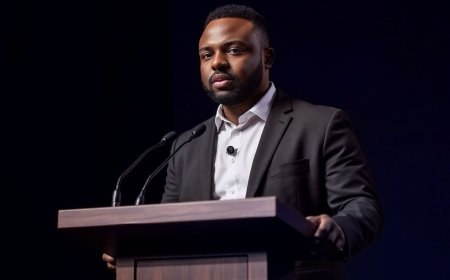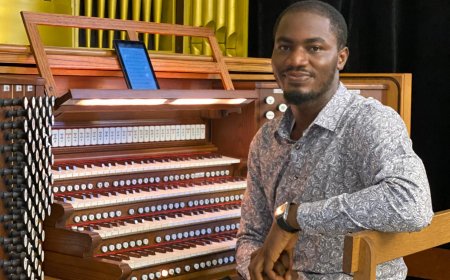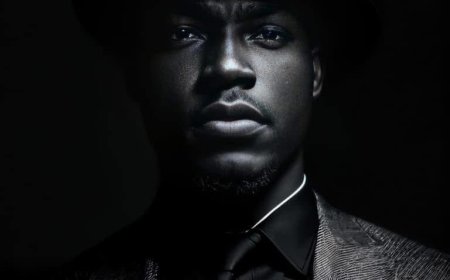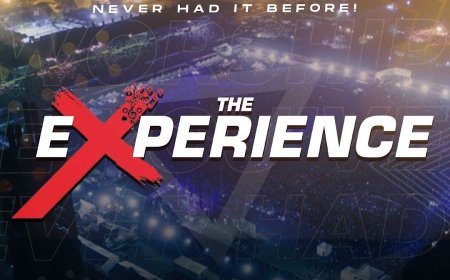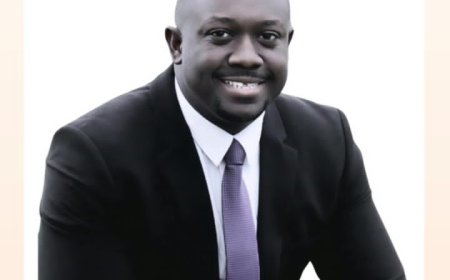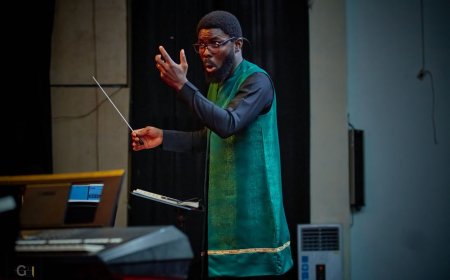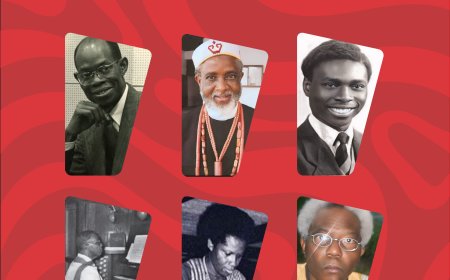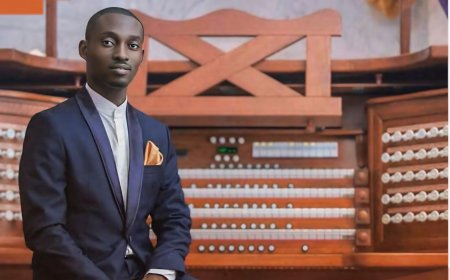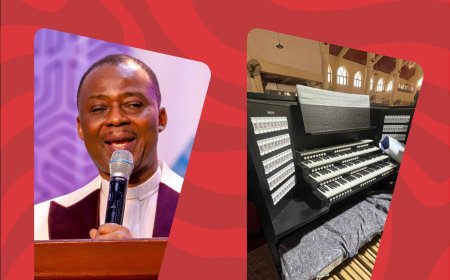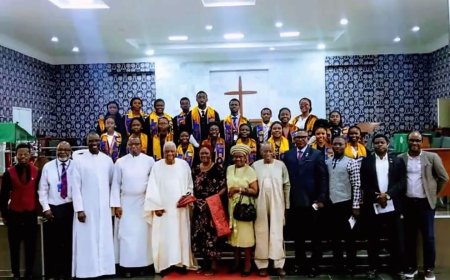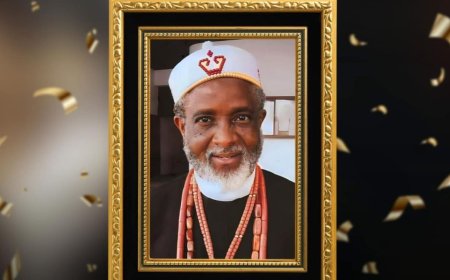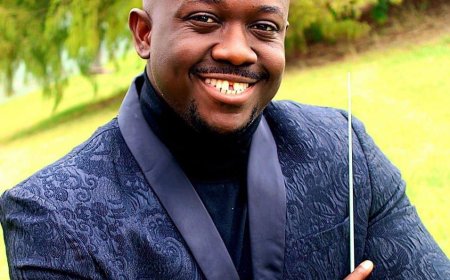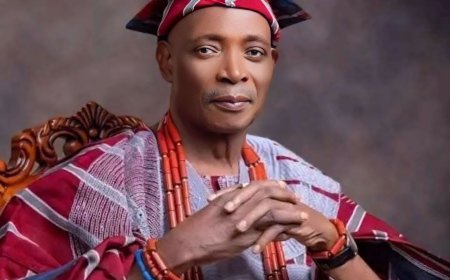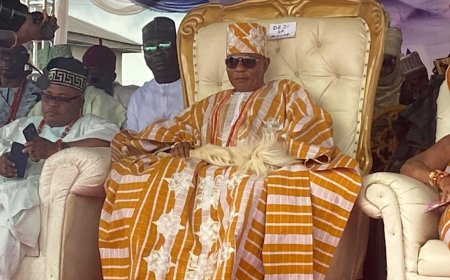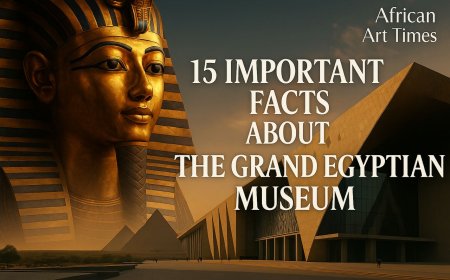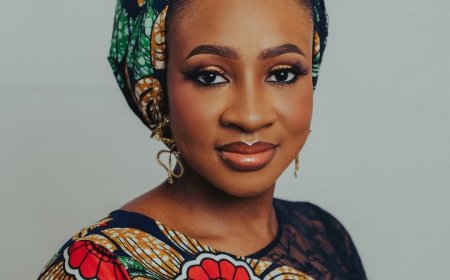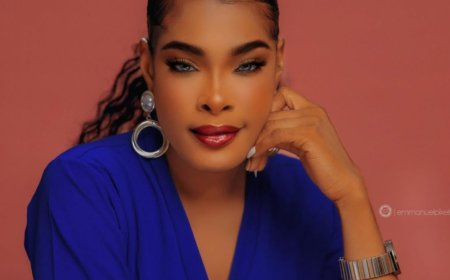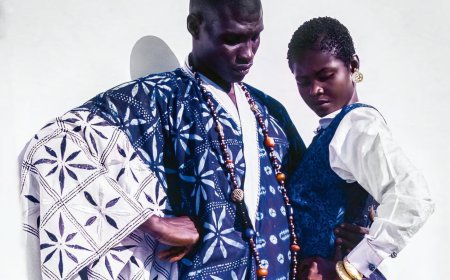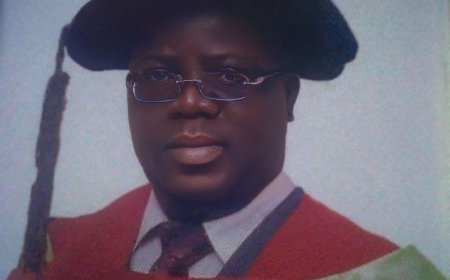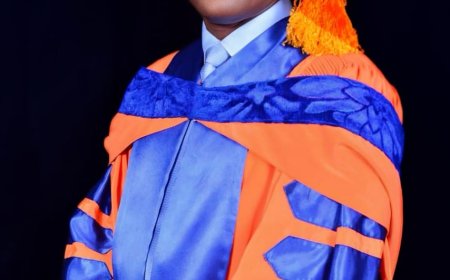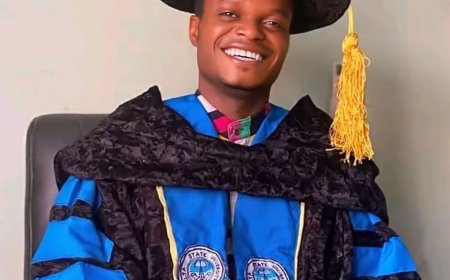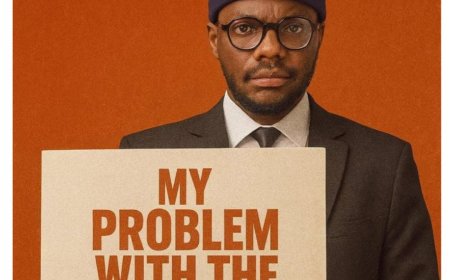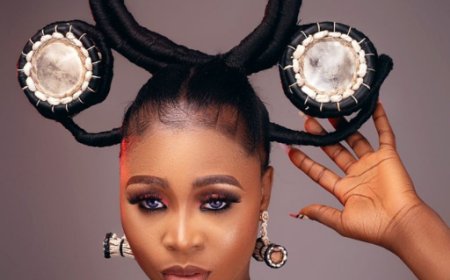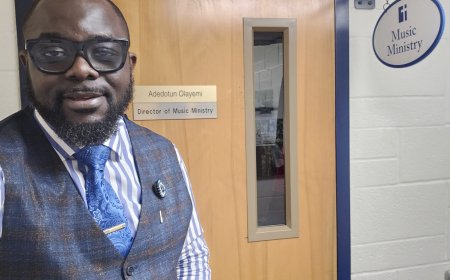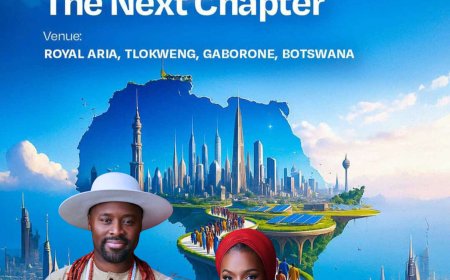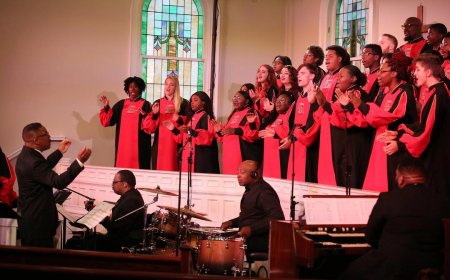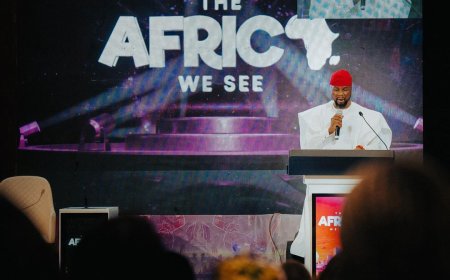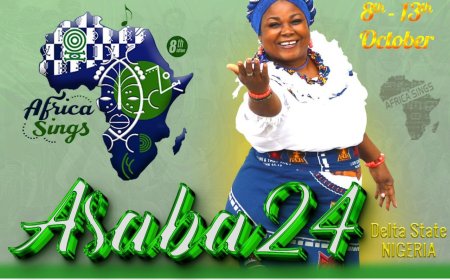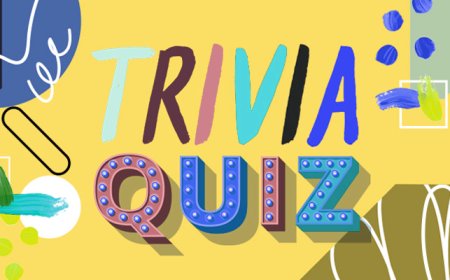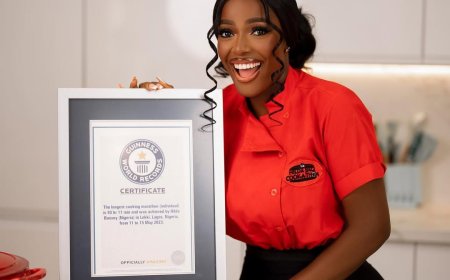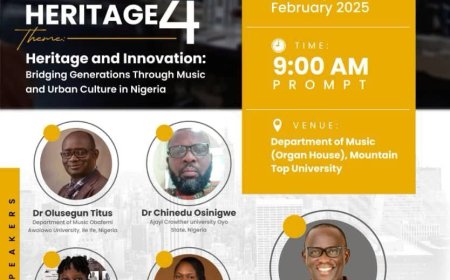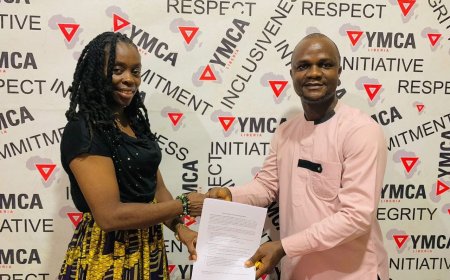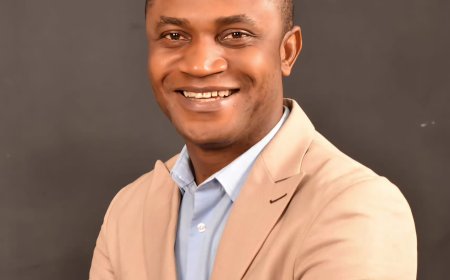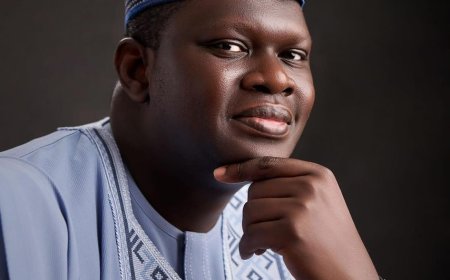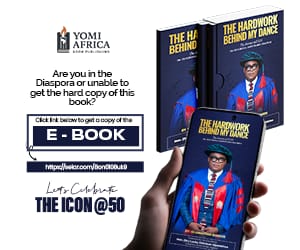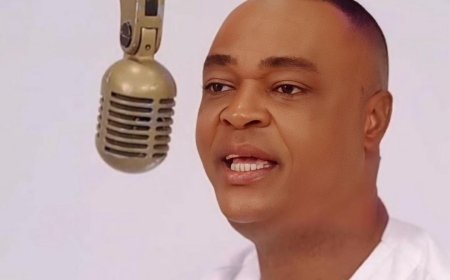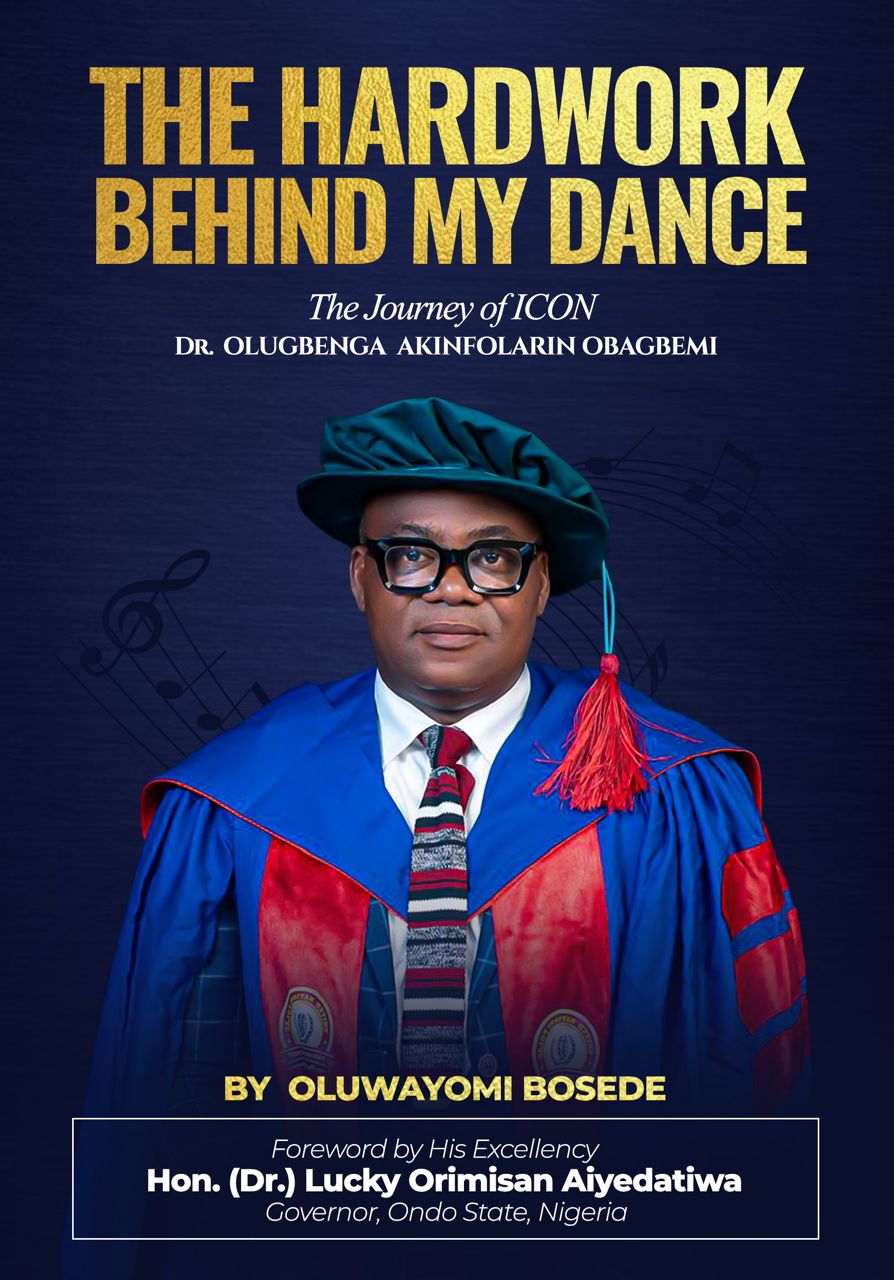The Virtual Stage is Alive: How AI is Composing the Future of Choral Music

In a world where artistry is constantly being redefined, the realm of choral music—long seen as the soul of communal singing—has found itself on the cusp of a powerful transformation. From ancient African village harmonies to Baroque cathedrals and contemporary concert halls, choral music has always mirrored the cultural heartbeat of the time.
But what happens when the choir itself is no longer human?
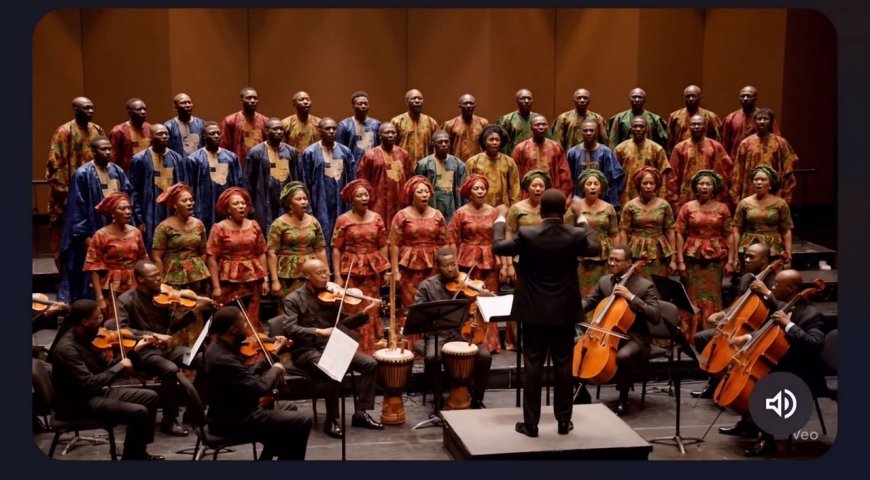
That question, once science fiction, is now my reality. I call it AI Chorale – The Future Choir: a completely artificial intelligence-powered music ensemble. And if you’re wondering whether a choir created by machines can truly sing—not just in tune, but with soul—let me take you on the journey that led me here.
When the World Went Silent: The Lockdown That Sparked a Digital Renaissance
he story begins during the COVID-19 lockdown—a global pause that froze live performances, shut down rehearsal spaces, and brought musicians face-to-face with a harsh truth: the show could not go on, at least not in the traditional sense.
As a music lover , I watched in real-time as choirs across Africa and beyond adapted in ways never imagined. Church services went virtual. Rehearsals were held over WhatsApp or Zoom. And astonishingly, full-scale digital concerts were organized with every singer recording their part alone, from the solitude of their home.
Then came the magic—each part stitched together by skilled editors, aired live on YouTube or Facebook. Audiences showed up. They clapped with emojis, commented with hearts, shared with friends. There was rhythm again. There was music again.
That was my awakening. If we could make that work under pressure, what could we achieve with intentional innovation?
The Birth of AI Chorale: Music Without Boundaries
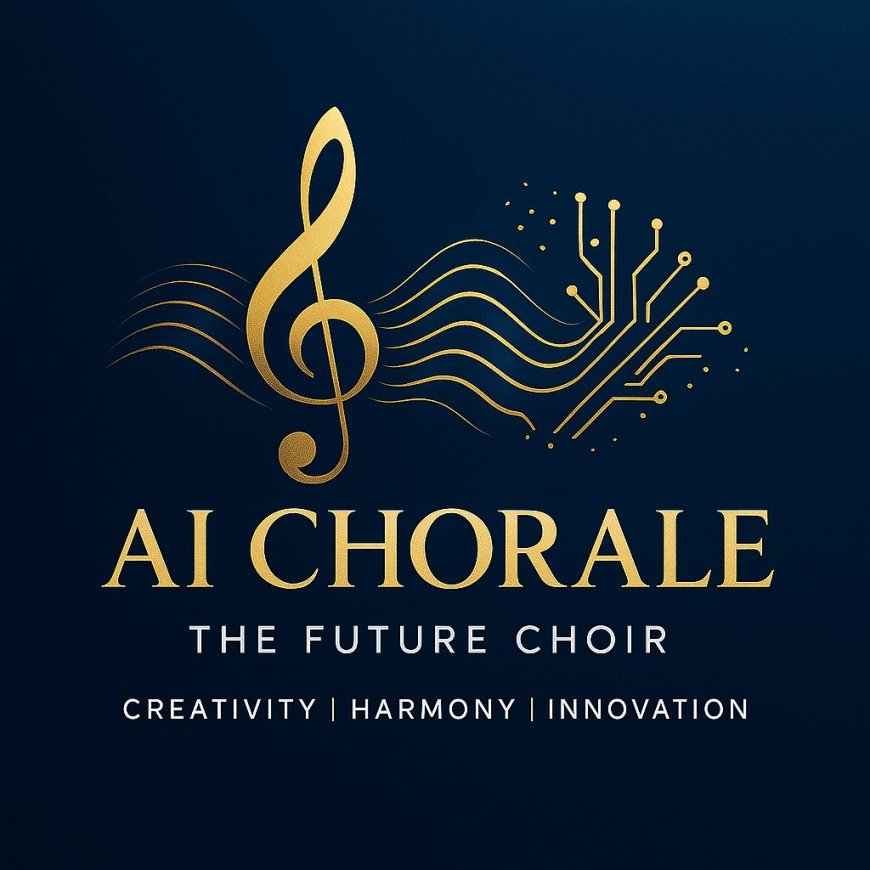
In the aftermath of lockdown, the concept haunted me: what if we didn’t just digitize human performances… what if we created performances from scratch—using artificial intelligence?
This wasn’t about gimmicks. It was about challenging the very definition of artistry.
And so began the long nights. I started experimenting with AI tools: music generators, voice models, virtual 3D avatars, orchestration AIs. I fed them inputs—musical ideas rooted in African harmonies, Western classical structures, Nigerian choral cadences, and emotional storytelling.
And they sang back.
Not always correctly. Not always beautifully. But they sang. With time, training, and patience, they began to produce harmonies that sounded eerily close to human choirs. I refined them, guided them, re-engineered the prompts, and layered the voices. The result? A virtual choir that exists solely in the cloud—yet capable of performing original compositions, liturgical hymns, and choral works with AI-generated voices and visuals.
This was not a cover band. This was a new ensemble.
This was AI Chorale – Choir for the Future.
The Craft Behind the Code: What It Takes to Build an AI Choir
The Vision: Virtual Concerts for the Global Stage
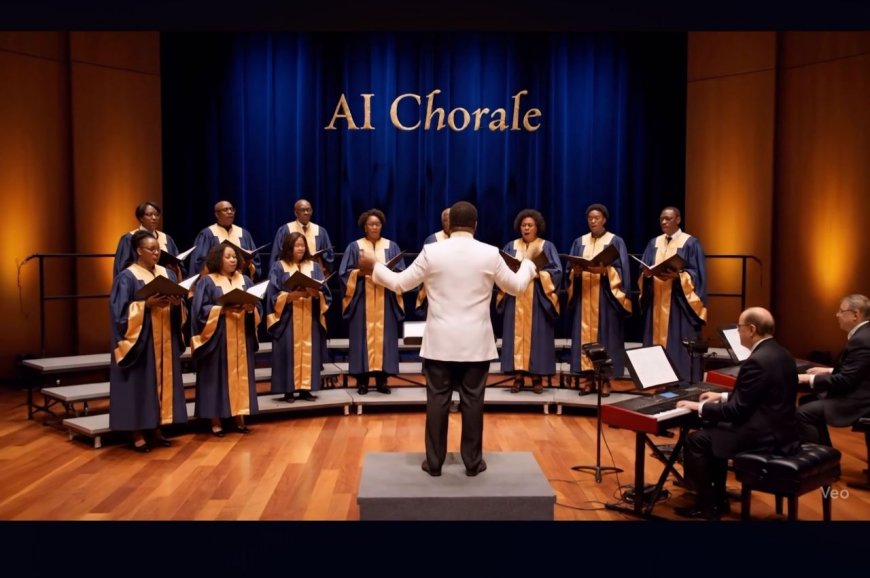
AI Chorale isn’t just a novelty project. It’s a vision for global concert experiences that defy space and time.
Imagine watching an African choral anthem performed by an AI choir on a cathedral screen in Paris. Or seeing your composition performed by a digital ensemble in real-time on your phone, complete with orchestrated parts and visuals.
Even in live settings, AI Chorale can serve as a hybrid solution—projected onto LED screens, performing alongside human musicians. This hybrid approach opens up a new era of interactive, globalized music sharing—especially for educational institutions, underfunded music programs, or remote communities where access to live ensembles is limited.
AI makes it scalable. Creative direction makes it beautiful. And Africa makes it soulful.
But What About Real Musicians? A Cautionary Note
I’ve been asked, “Won’t this replace real choirs? What happens to singers, composers, directors?”
Here’s the truth: AI won’t kill music. But it will challenge those who refuse to evolve.
Just as photography didn’t end painting, AI won’t end musicianship. But it will shift the landscape. Composers must now learn prompt engineering. Conductors may become creative directors for digital performances. Singers will have to explore how their voices can be blended with—or preserved within—AI libraries.
And those who understand this now will be the ones leading tomorrow.
If you wait five to ten years, it might be too late.
Why Africa Must Sing into the Future
Africa is a continent of bold voices. Our music has always been about community, rhythm, story, and spirit. But we must not be left behind in this new movement. We must be creators, not just consumers. We must not let technology strip us of agency—we must shape the future in our own voice.
AI Chorale is my way of planting that flag.
I want to prove that African creativity can thrive not just in the drums of the past, but in the codes of the future. I want to show that a choir made by algorithms can still echo the ancestral heartbeat of African harmony—because it was trained by someone who knows where the beat began.
Join the Movement: The Future Is Already Singing
AI Chorale is just beginning. I’m building it step by step, learning with every failed rendering and every successful harmony. And I want you to walk with me.
Follow my updates. Share your thoughts. Join the conversation. Whether you’re a traditionalist, a futurist, a musician, or simply curious, there’s a place for you in this story.
Follow the journey here:
My Facebook – Oluwayomi Bosede
Let’s make music history together—one note, one prompt, one digital choir at a time.
Because the virtual stage is alive.
And the future is already singing.
What's Your Reaction?








